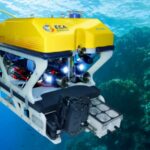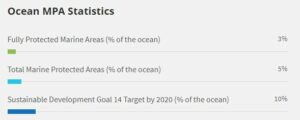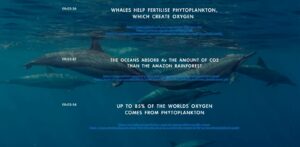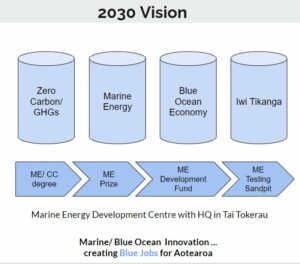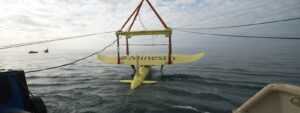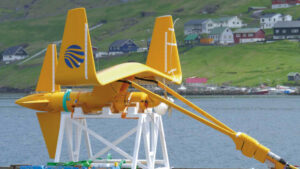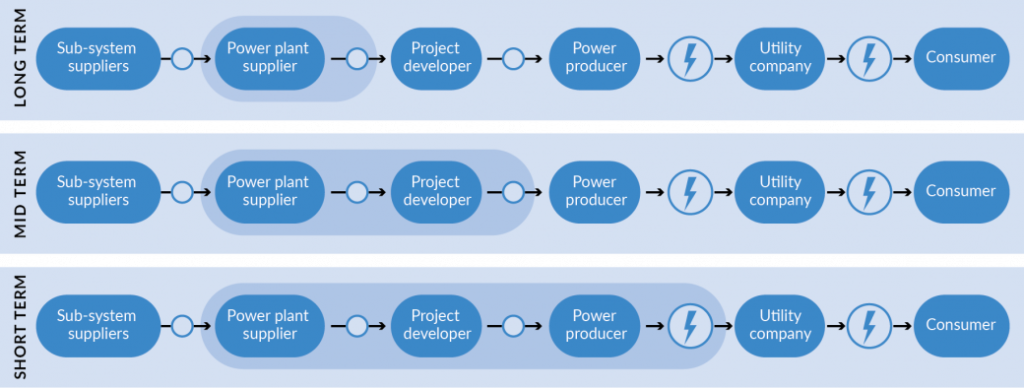Norse Power
Rotor Sails

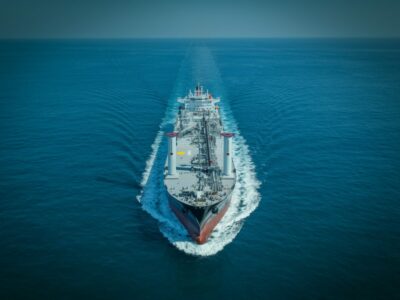
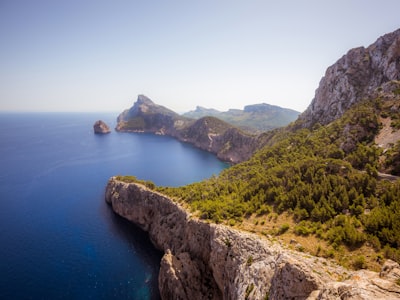
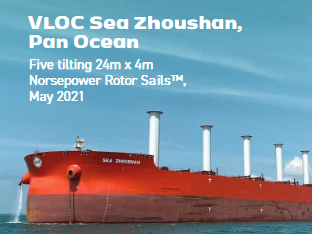
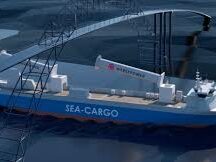
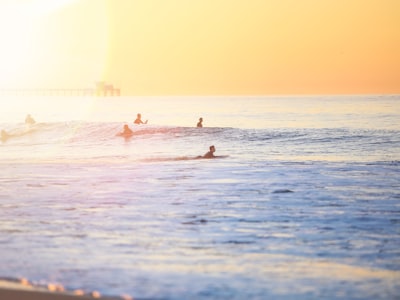
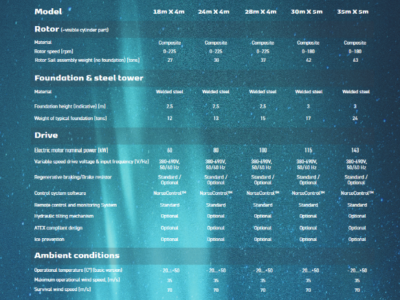
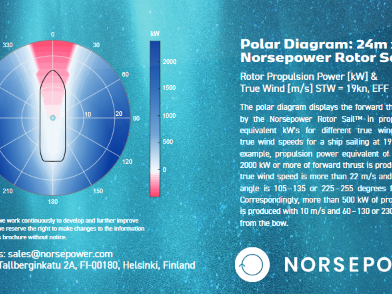
- Norsepower Rotor Sails utilize the Magnus effect to generate wind propulsion and reduce fuel consumption in ships. Here’s a breakdown of how it works:
- Magnus Effect: The rotor sails are cylindrical structures that spin as the ship moves through the air. The spinning motion creates a pressure difference around the cylinder. This pressure difference, known as the Magnus effect, generates a lifting force (lift) perpendicular to the wind direction.
- Thrust Generation: In the case of Norsepower Rotor Sails, the lift acts like a forward-pulling force (thrust) when positioned at an angle relative to the wind direction. This thrust helps propel the ship forward, reducing the need for the main engines.
- Fuel Savings: By utilizing wind power to generate thrust, Norsepower Rotor Sails can significantly reduce fuel consumption. Studies suggest fuel savings can range anywhere from 5% to 25%, depending on factors like wind conditions, route, and ship type.
- Fuel Efficiency: Reduced fuel consumption translates to lower operating costs for shipping companies. Additionally, it contributes to environmental benefits by minimizing greenhouse gas emissions from ships.
Here are some additional points to consider:
- Automated Operation: Norsepower Rotor Sails are automated and require minimal crew intervention. The system automatically adjusts the sail angle based on wind conditions to optimize fuel savings.
- Favorable Wind Conditions: While effective, the fuel savings potential is influenced by wind strength and direction. The sails offer the most benefit on routes with consistent winds.
- Complementary Technology: Norsepower Rotor Sails are designed to work alongside existing ship propulsion systems. They can be installed on newbuilds or retrofitted to existing vessels.
Overall, Norsepower Rotor Sails offer a promising technology to improve fuel efficiency and reduce emissions in the shipping industry. By harnessing wind power, they present a cost-effective and environmentally friendly solution for cargo ships and other large vessels.
- Check out this video to explain the way how the NorsePower Rotor Sail works.


